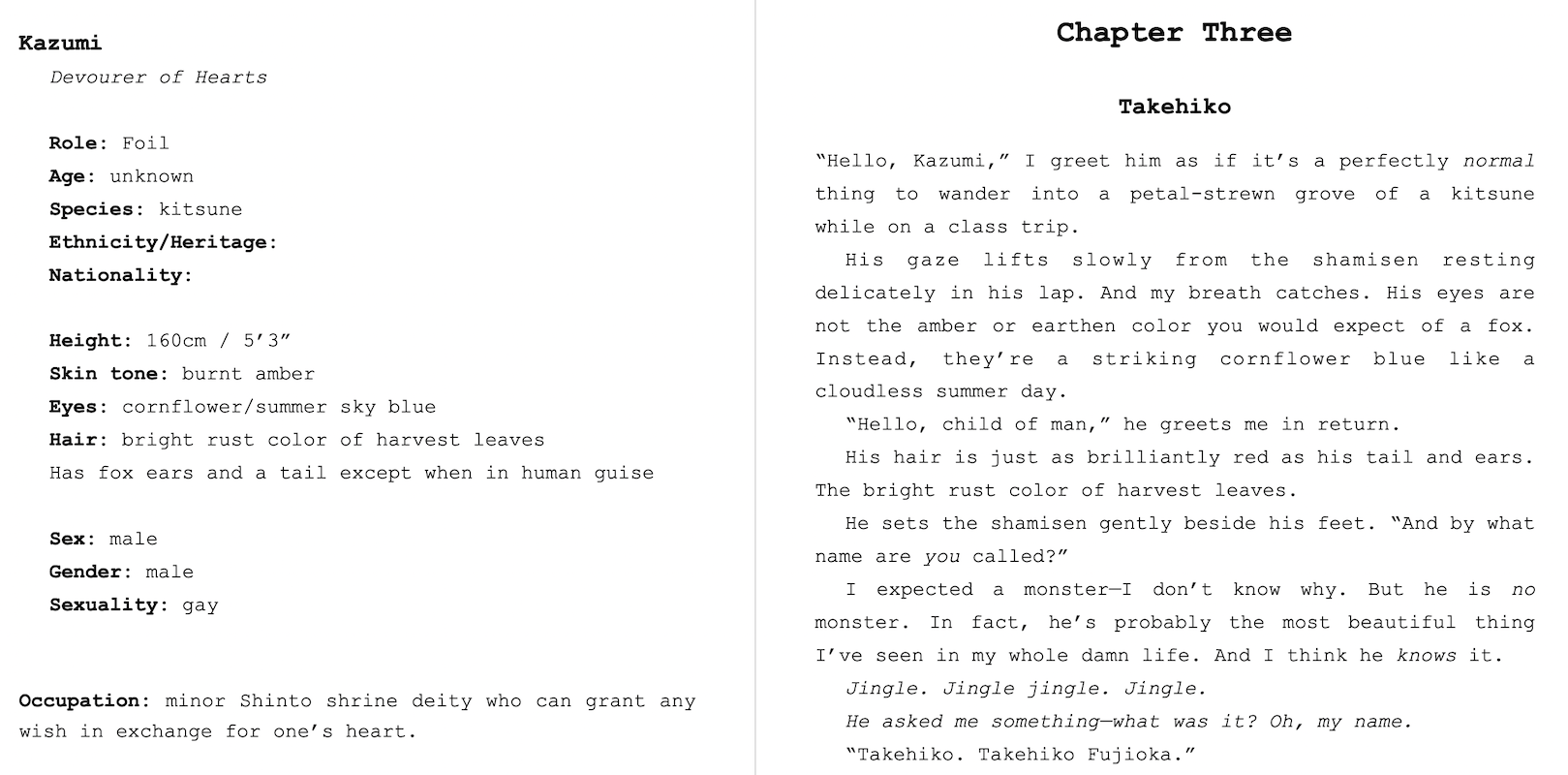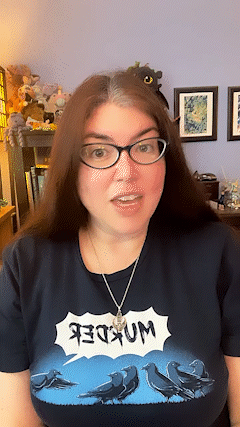Sometimes I’d even put editing off for weeks and start something new just so I wouldn’t have to do it. Procrastination by means of doing more work.
Well hello there, Story Quester, how’s the last week been treating you? Me? I’ve been a busy little kitty. 🐈 What have I been doing?
As I mentioned 2 weeks ago, I made a HUGE mistake and had to cut 1000 words from a short story in a weekend. Now I’m in the process of cleaning up about 2 dozen short stories to get them all nice and shiny for publication in a few story collections I’m putting together.
Oh yeah, I’m doing some hard-core editing. 🔪🧼✨
Now editing used to take me FOREVER, Story Quester. Weeks. Months even. And I used to dread it just as much as everyone else.
Sometimes I’d even put editing off for weeks and start something new just so I wouldn’t have to do it. Procrastination by means of doing more work. 😩 (Alright I’m still guilty of that 😬 *looks at the several new book projects that “magically” appeared this spring alone*)
It used to take me months to do. Endless weeks of grueling, tedious work. Now that I have an organized well-thought-out system, I can edit a third of a book in a week. (Or a short story in an evening.) No joke.
So if the thought of editing makes you want to scroll social media instead, then you’re in luck, Story Quester. Because I’m about to show you how to do pain-free edits in 3 passes.
First Draft
In your First Draft pass of edits, you want to do the following:
- Go through chapter by chapter and catalog important details about the main cast of characters and locations.
NOTE
Creating and maintaining a continuity log is super helpful for this.
- Highlight any place where info needs to be researched: measurements, place names, uniform details—anything—just highlight it and use a placeholder or symbol like an asterisk.


You can set up hotkeys to make highlights like this a snap in Scrivener
- Make sure there are no remaining plot holes. You don’t want any unused Chekhov’s guns or unintentional red herrings.
- Lastly, make sure each scene flows into the next or that you properly utilize scene or chapter breaks.
Second Draft
In your Second Draft pass of edits, you want to do the following:
- Start at the beginning and fill in the info you highlighted in the previous draft. You know, all those details you shelved to look up or research until later? Now’s the time to do it.
- Check your characters and location descriptions against your continuity log to ensure they remain consistent throughout the story. This is why programs like Scrivener that offer a side-by-side view to display your log on one side and your story’s scene or chapter on the other are super helpful.

Character profile displaced side-by-side with a story chapter in Scrivener
Third Draft
In your Third Draft and final pass of edits, you want to do the following:
Read your story aloud chapter by chapter as you edit to ensure flow, pacing, and voice are consistent. This will also help you spot errors and typos.
Using an app like Grammarly will help you speed up the technical side of editing by catching all those remaining grammar or spelling errors.
And that’s it, Story Quester, the pain-free process I use for all my story edits. Well until next time, this is your friendly neighborhood storytelling Kat signing off.
Question of the week
What’s your least favorite part about story edits, Story Quester? Drop your answer in the comments.


Leave a Reply